Becoming a parent comes with countless decisions, and one of the earliest (and most debated) is choosing between cloth and disposable diapers. Each option comes with its own loyal supporters, and with so many opinions around, it’s easy to feel unsure about what’s right for your baby. Add in the marketing claims, parenting advice, and your own lifestyle considerations, and the choice can feel overwhelming.
But here’s the good news, you don’t have to pick blindly. By understanding the real pros and cons of both options, you can make a choice that aligns with your family’s needs. Some parents go all-in with one type, while others mix both depending on the situation. There’s no one-size-fits-all answer, and what works for one baby may not work for another.
In this guide, we’ll break down the differences between cloth and disposable diapers, focusing on cost, convenience, eco-friendliness, and your baby’s comfort. Whether your priority is saving money, reducing waste, or keeping things simple during midnight changes, this article will help you weigh your options and choose what’s best for your little one—and for you.
Real Difference Between Cloth and Disposable Diapers:
When it comes to choosing between cloth and disposable diapers, the decision goes far beyond materials. It’s about lifestyle, priorities, and what works best for your family. Both options have their unique benefits and challenges, and understanding them can help you make an informed choice.
Cloth Diapers
Cloth diapers are made from natural fibers like cotton, bamboo, or hemp, sometimes mixed with synthetic fabrics for better absorption. They are designed to be washed and reused, making them a long-term investment for many families.
Disposable Diapers
Disposable diapers are single-use products made with synthetic materials and absorbent chemicals, such as sodium polyacrylate, to lock in moisture. They are convenient, widely available, and require no washing.
But the debate isn’t only about “cloth vs. disposable.” It’s also about balancing comfort, cost, convenience, and the environment. Let’s explore further.
Also know about: Best Baby Formulas in 2025 – A Parent’s Guide
Pros of Cloth Diapers:
- Cost-effective over-time:
Although cloth diapers require a higher upfront investment, they can be reused hundreds of times. When compared to the ongoing expense of disposables, families can save hundreds—or even thousands—of dollars over the diapering years.
- Eco-friendly and sustainable:
Cloth diapers reduce waste significantly. An average baby may go through around 6,000 disposable diapers in the first two years, most of which end up in landfills. Reusable cloth options cut down that waste drastically, making them a greener choice.
- Customization options:
Cloth diapers come in various styles: prefolds, all-in-ones, pockets, and inserts. Parents can choose based on convenience, absorbency needs, and their baby’s comfort. Many brands also offer adjustable snaps, making them usable as your baby grows.
- Gentle on baby’s skin:
Many parents find that cloth diapers reduce the risk of diaper rashes. Unlike disposables, they don’t contain added fragrances, gels, or dyes, which can irritate sensitive skin. The natural fabrics provide a softer, breathable alternative.
Cons of Cloth Diapers:
- Bulkier Fit:
Cloth diapers tend to be thicker and bulkier compared to disposables. This can make it harder to fit some baby clothes, especially snug leggings or onesies. Parents often find themselves sizing up or choosing looser outfits to accommodate the extra padding.
- Less absorbent over time:
While cloth diapers work well with proper layering, they may not last through long naps or overnight stretches without leaking. Inserts or boosters can help, but they add to the bulk. Parents may need to experiment with different combinations, which can feel tricky at first.
- Laundry load:
Cloth diapers require a consistent washing routine, typically every 1–2 days. This means more laundry, more water and energy usage, and extra time spent rinsing, washing, and drying. It can feel overwhelming for busy parents or those without easy access to a washing machine.
- Initial Learning Curve
For new parents, cloth diapers can be confusing. Between prefolds, covers, inserts, and snaps, it may take time to figure out the right fit and absorbency. Mistakes like improper folding or loose fastening can lead to leaks.
- Less Convenient for Travel or Daycare
When you’re away from home, managing cloth diapers can be challenging. Carrying wet bags, storing soiled diapers, and cleaning them later isn’t as convenient as tossing a disposable in the trash. Some daycare centers may also prefer disposables for ease.
Pros of Disposable Diapers:
- Convenient and Time-saving:
Disposable diapers are the ultimate choice for busy parents. There’s no need to wash, dry, or fold—just change, toss, and move on. This convenience is especially valuable during those exhausting 2 a.m. wake-ups or when you’re juggling multiple tasks during the day. For many families, the time saved is worth the ongoing cost.
- Highly Absorbent:
Thanks to advanced absorbent gels and multi-layer technology, most disposable diapers can last 8–12 hours without leaking. This makes them a preferred option for overnight use, long car rides, or travel days. The dryness they provide often means fewer middle-of-the-night disruptions for both baby and parents.
- Widely Available:
You can find disposable diapers virtually anywhere, from supermarkets and pharmacies to convenience stores and even gas stations. Unlike some cloth options that require special orders or planning, disposables are always within easy reach. This makes them a reliable choice in emergencies or while traveling.
- Slim Fit:
Disposable diapers are thinner and less bulky than cloth, allowing for a snug and streamlined fit under baby clothing. Parents appreciate how easily they slip under leggings, onesies, or dressy outfits without needing to size up. They also make carrying diaper bags lighter and less crowded.
- Less Learning Curve
Disposable diapers are straightforward to use. No folding, inserts, or special instructions, just tape or fasten and you’re done. This simplicity is helpful not only for new parents but also for babysitters, grandparents, and daycare staff who may not be familiar with cloth systems.
- Travel-Friendly
For families on the go, disposables are the easiest option. You don’t need to carry wet bags or worry about cleaning. Just pack enough diapers, and you’re ready for trips, vacations, or outings without the added hassle of laundry.
Cons of Disposable Diapers:
- Ongoing Cost:
While disposable diapers are affordable on a per-pack basis, the costs add up quickly. On average, families spend around $70–80 each month, which totals more than $2,000 by the time a child is potty trained. For households on a tight budget, this continuous expense can become a significant financial burden.
- Environmental Impact:
Disposable diapers are a leading contributor to landfill waste. A single baby may use over 6,000 diapers in the first two years. Since most are made with plastics, absorbent gels, and other non-biodegradable materials, they can take hundreds of years to decompose. Their production also requires energy, chemicals, and water, adding to the overall environmental footprint.
- May Contain Irritants:
Some brands use added fragrances, dyes, or chemical gels to improve absorption or mask odors. While generally safe, these additives can sometimes cause allergic reactions, diaper rashes, or irritation on sensitive baby skin. Parents of babies with eczema or allergies may need to opt for fragrance-free or hypoallergenic versions, which are often more expensive.
- Less Customization
Unlike cloth diapers that offer adjustable inserts and reusable layers, disposables have limited flexibility. Parents cannot control absorbency levels beyond choosing a different size or brand. This can lead to leaks during heavy wetting phases or overnight.
Hybrid Approach: The Best of Both Worlds?
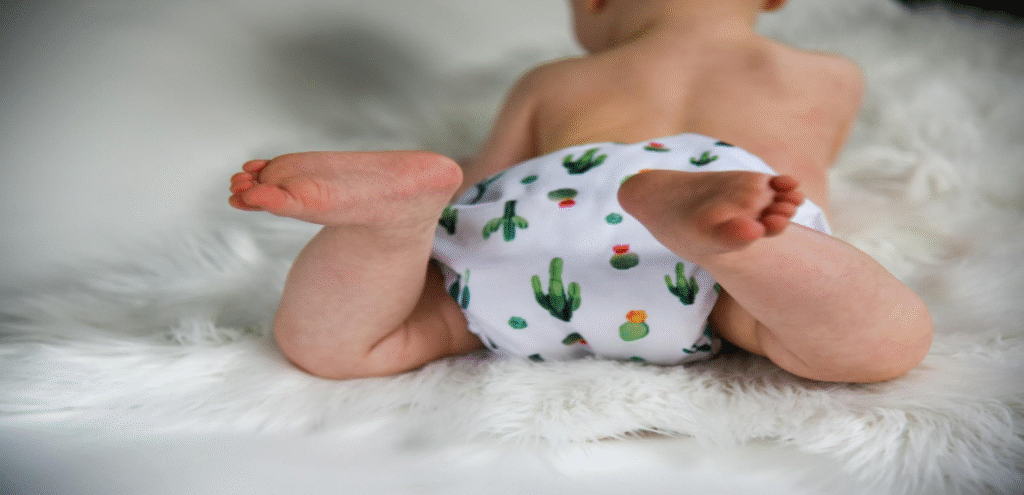
You don’t have to decide between the two options. Most parents use both means, clothes during the day and disposable diapers at night or while traveling.
Hybrid Benefits:
- Budget-friendly and flexible.
- Less laundry than full cloth diapering.
- Reduced waste as compared to full-time disposables.
This approach is better if you don’t want to get stuck with single means, having flexibility in whether to use cloth or disposable diapers.
Which One is Healthy and Comfortable for Baby?
| Feature | Cloth Diapers | Disposable Diapers |
|---|---|---|
| Material | Made with natural fabrics (cotton, bamboo, hemp). | Made with synthetic layers and absorbent gels. |
| Breathability | Highly breathable, allows airflow to reduce heat. | Less breathable but designed to lock in moisture. |
| Skin Sensitivity | Gentle and chemical-free, better for sensitive skin or allergies. | May contain fragrances, dyes, or gels that could irritate skin. |
| Moisture Control | Absorbs less, may need frequent changes to avoid wetness. | Wicks moisture effectively, keeping skin dry longer. |
| Rash Prevention | Reduces irritation if changed often, but risk increases if left damp. | Helps prevent rashes with dryness, but only if changed regularly. |
| Comfort Fit | Softer, bulkier fit; may limit clothing options. | Slim, snug fit; more comfortable under everyday clothes. |
| Best For | Babies with sensitive skin, eco-conscious families, daily home use. | Overnight, long naps, travel, or daycare settings. |
Travel and Daycare Considerations:
Travel Convenience:
When you’re on the go, disposable diapers are usually the easier option. They save you from carrying wet bags and reduce the stress of managing laundry during trips. Their compact size also makes packing simpler.
Daycare Rules:
Some daycare centers prefer, or even require, disposable diapers for practical reasons. They are easier for staff to change and dispose of quickly. It’s always best to check with your childcare provider before deciding.
Home Comfort:
At home, cloth diapers may be more manageable than you expect. With a steady washing routine, many parents find them cost-effective, eco-friendly, and comfortable for daily use. They also provide the chance to experiment with different styles and fits to suit your baby’s needs.
Positive Impacts of Synthetic Diapers:
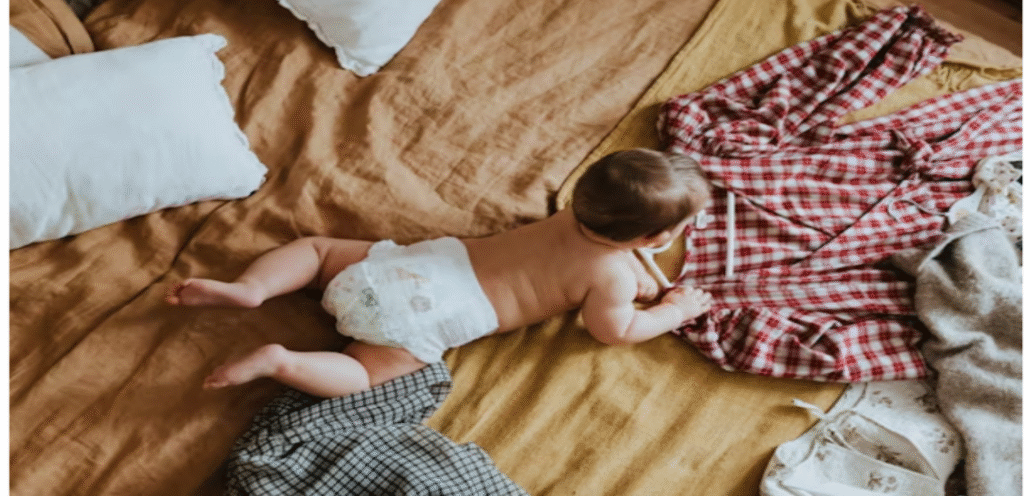
Leak Protection:
Synthetic diapers provide advanced leak guards, super absorbent materials and snug fits that can easily handle overnight use. This helps prevent messes and keep both baby and bedding dry.
Hygiene and Health Protection:
Modern disposable diapers have many leak-proof mechanisms that help prevent diaper rash and irritation. Many also contain anti-microbial layers that keep skin protected and dry for a longer time.
Convenience and Time Saving:
Disposable diapers are easy to dispose of, quick to change, and best for working parents or busy caregivers. There is no washing, drying, or pepping required. Making them convenient and ideal for an on-the-go lifestyle.
Innovation in Sustainability:
Many modern synthetic diapers are:
- Designed to biodegrade faster.
- Made with recycled or plant-based material.
- Designed using eco-conscious particles.
Brands like Dyper, Honest Company, and Bambo Nature are leading this eco-friendly movement in disposables.
Tips for Cloth Diapering Success:
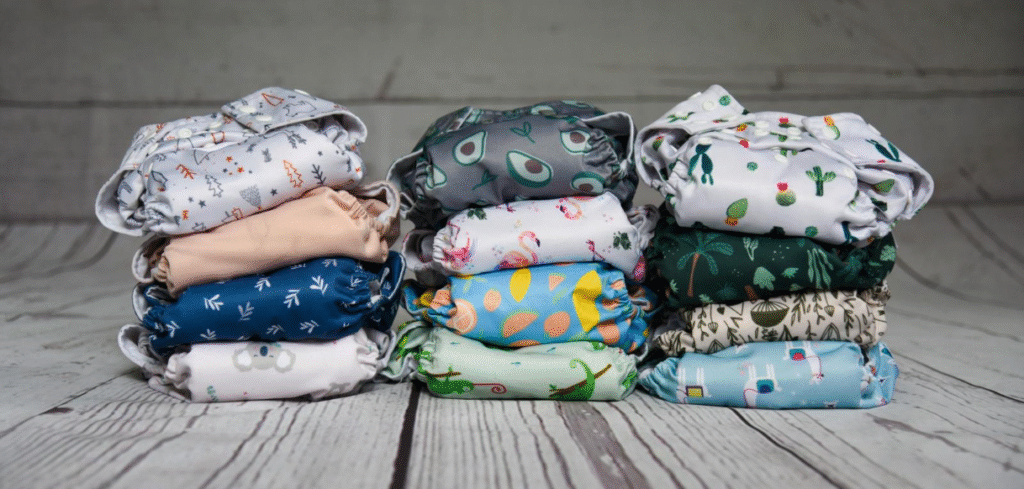
If you are biased towards cloth diapering, then here are some tips to make to make it work better:
- Set up a changing spot. Keep liner, clothes wipes, and cleaner diapers nearby.
- Try different types. You may like pocket diapers, all-in-ones, or hybrids.
- Get a good wet bag. This waterproof bag holds soiled diapers on the go.
- Learn the wash routine. Pre-wash cold, then hot with a detergent, it’s simple but essential.
Avoid buying a full set at once. Start with a few diapers and test which type suits your baby and routine.
Choosing What’s Better for Your Baby and You:
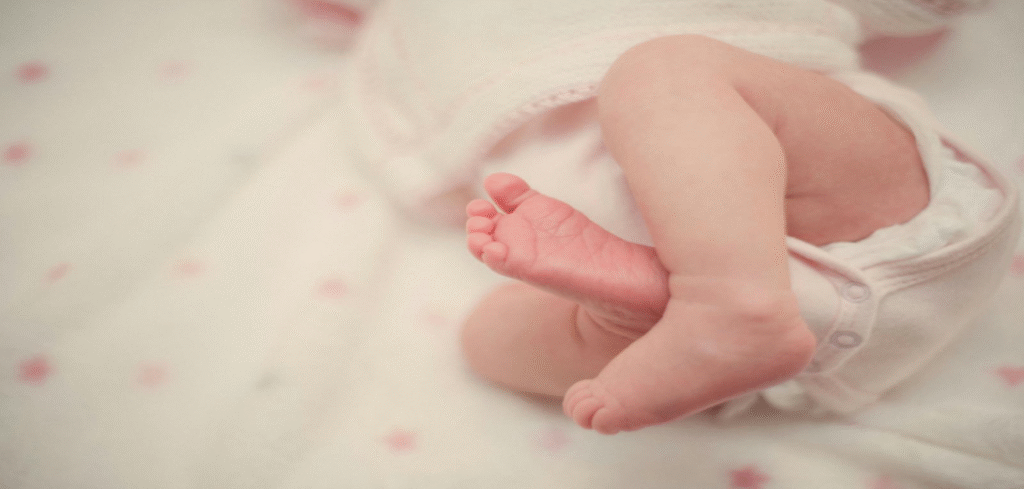
Here’s a quick decision guide:
| Your Priority | Consider This |
| Budget-Friendly | Cloth diapers or hybrids |
| Convenience | Disposable diapers |
| Environment | Cloth or biodegradable disposables |
| Sensitive Skin | Cloth or fragrance-free disposables |
| Flexibility | Use both depending on the situation |
Again, you don’t have to stick with one type. A lot of parents blend approaches and find what is better, realistic, and sustainable for their lives.
Final Thoughts:
There is not a precise answer to the cloth vs disposable diaper debate. Every parent’s preference is different. Your choice depends on what fits with your lifestyle, budget, and values.
Go for clothes if:
- You’re eco-conscious
- Want to save money long-term
- Don’t mind extra laundry
Choose disposable if:
- You value convenience
- You travel frequently
- You need highly absorbent, low-maintenance solutions
Or go for both! A mixed approach can offer the balance modern parents need.
Frequently Asked Questions:
1. Are cloth diapers hard to clean?
They used to be hard to wash, but with modern washing machines and dispar sprayers, cleaning cloth has become much easier. Many parents prefer to build a wash schedule that fits into their weekly schedule.
2. Do cloth diapers delay toilet training?
Some parents believe that cloth diapers encourage early toilet training. Because cloth doesn’t absorb moisture effectively, babies become more aware of discomfort and wetness, which encourages faster toilet learning.
3. Are disposable diapers safe for the babies?
Yes, most of them are rigorously tested and safe for daily use. Parents who are concerned with chemicals and irritants can opt for hypoallergic or organic brands with no added dyes or fragrances.
4. Are disposable diapers more absorbent than cloth diapers?
Yes, most disposable diapers contain super absorbent polymers (SAPs) that can absorb more moisture than a cloth. This is why they are often used for longer outings or overnight.
5. What is the easiest cloth diaper system for beginners?
All-in-one (AIO) or pocket diapers are beginner-friendly. They function much like disposables and are easy to wash and assemble.
Top Disposable Diaper Brands
Pampers: Known for softness, fit, and wetness indicators.
Huggies: Trusted for leak protection and overnight options.
Luvs: Budget-friendly with reliable absorbency.
Hello Bello: Plant-based, hypoallergenic, and eco-conscious.
Seventh Generation: Made without chlorine or fragrances
Top Cloth Diaper Brands
GroVia: Hybrid system with reusable and disposable inserts.
Wegreeco: All-in-one design, easy for beginners.
Mama Koala: Great absorbency and USA-made options.
AlvaBaby: Affordable and colorful pocket diapers.
Babygoal: Soft, adjustable fit with built-in liners.
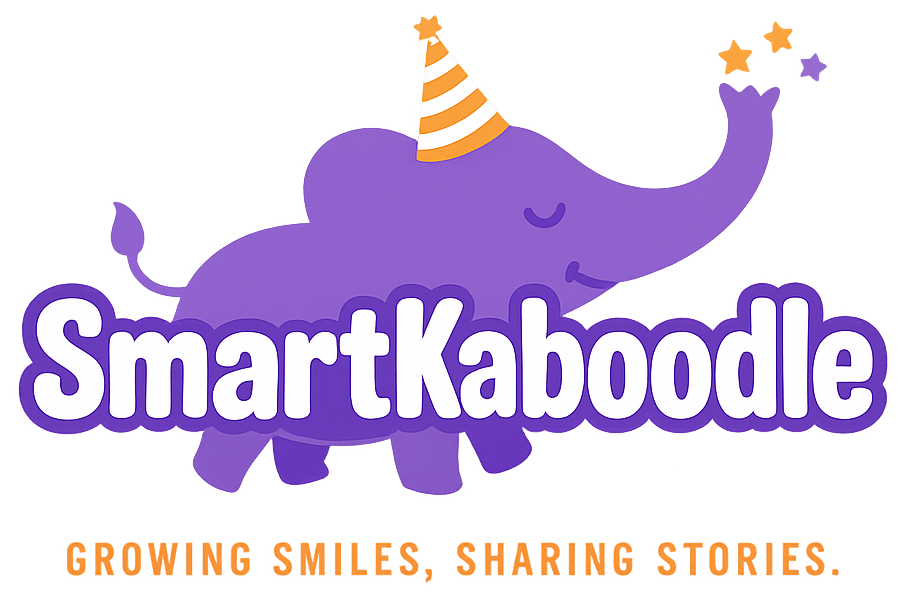
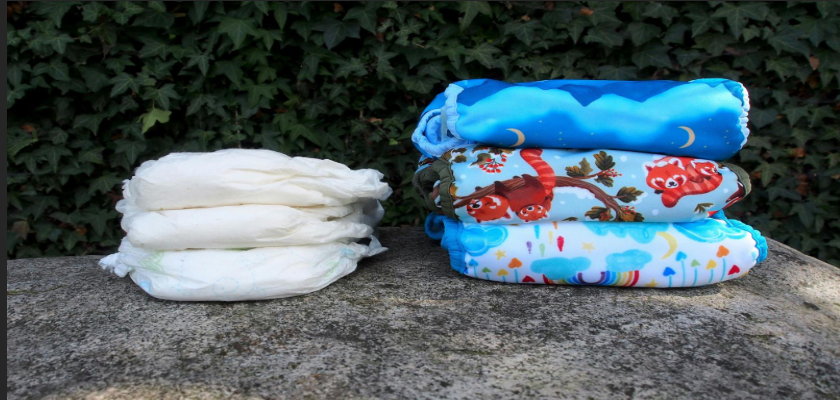
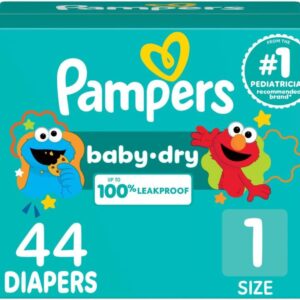

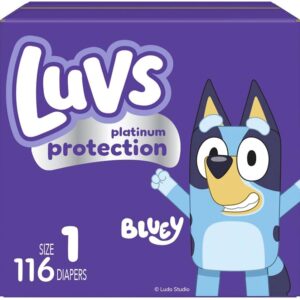
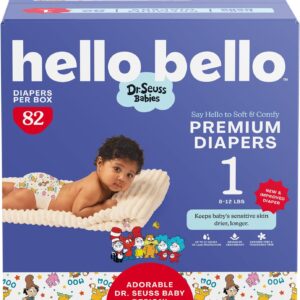
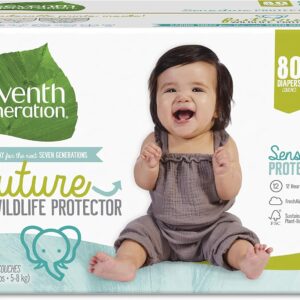
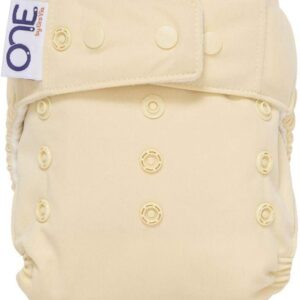
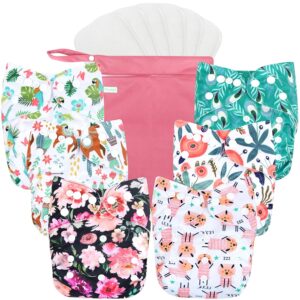
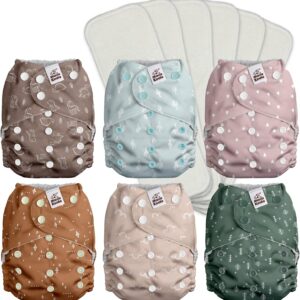
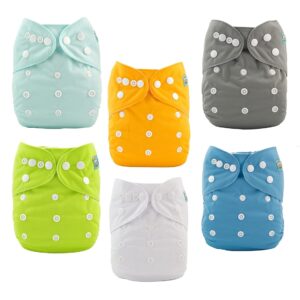
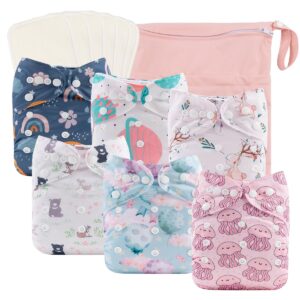
Add Comment